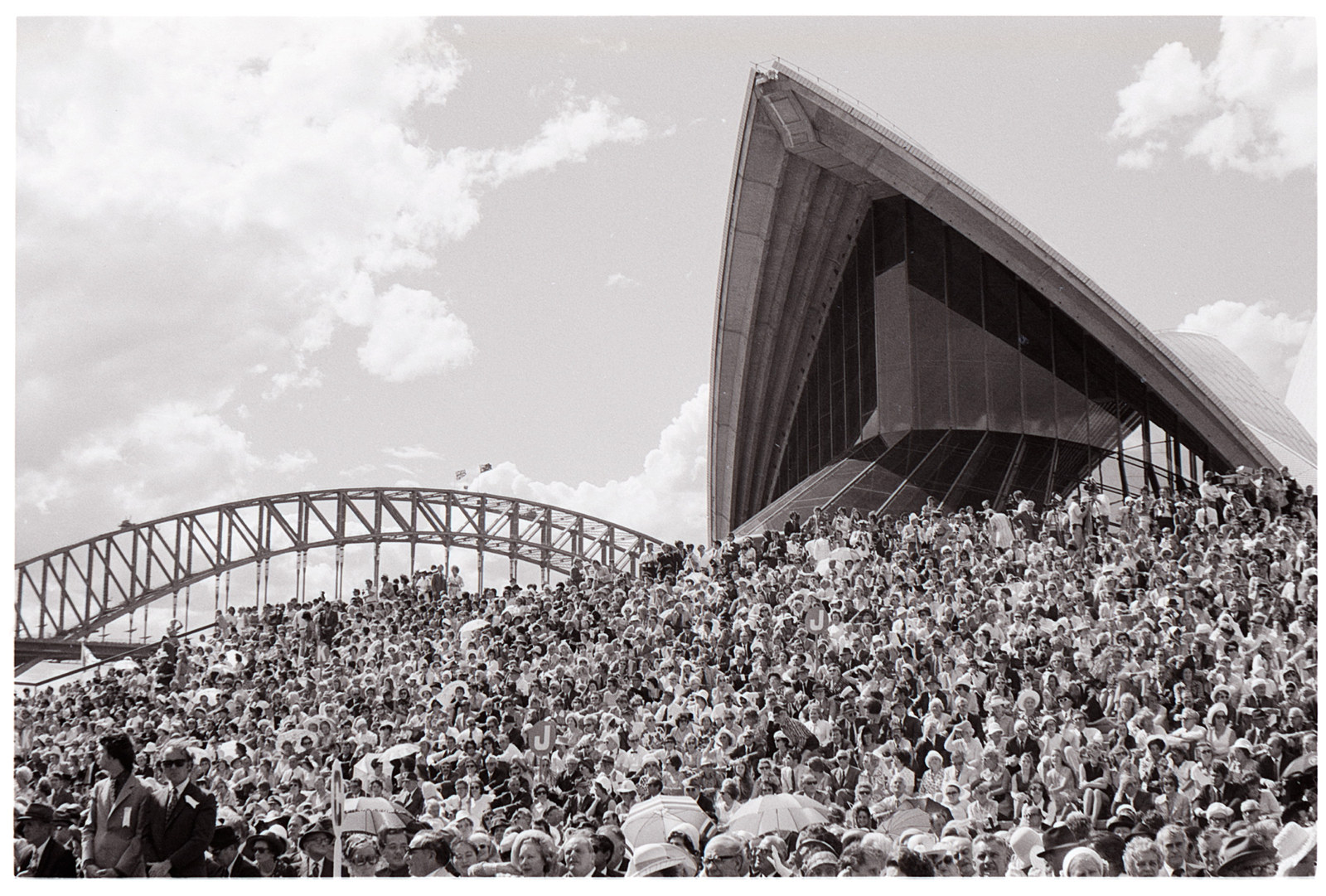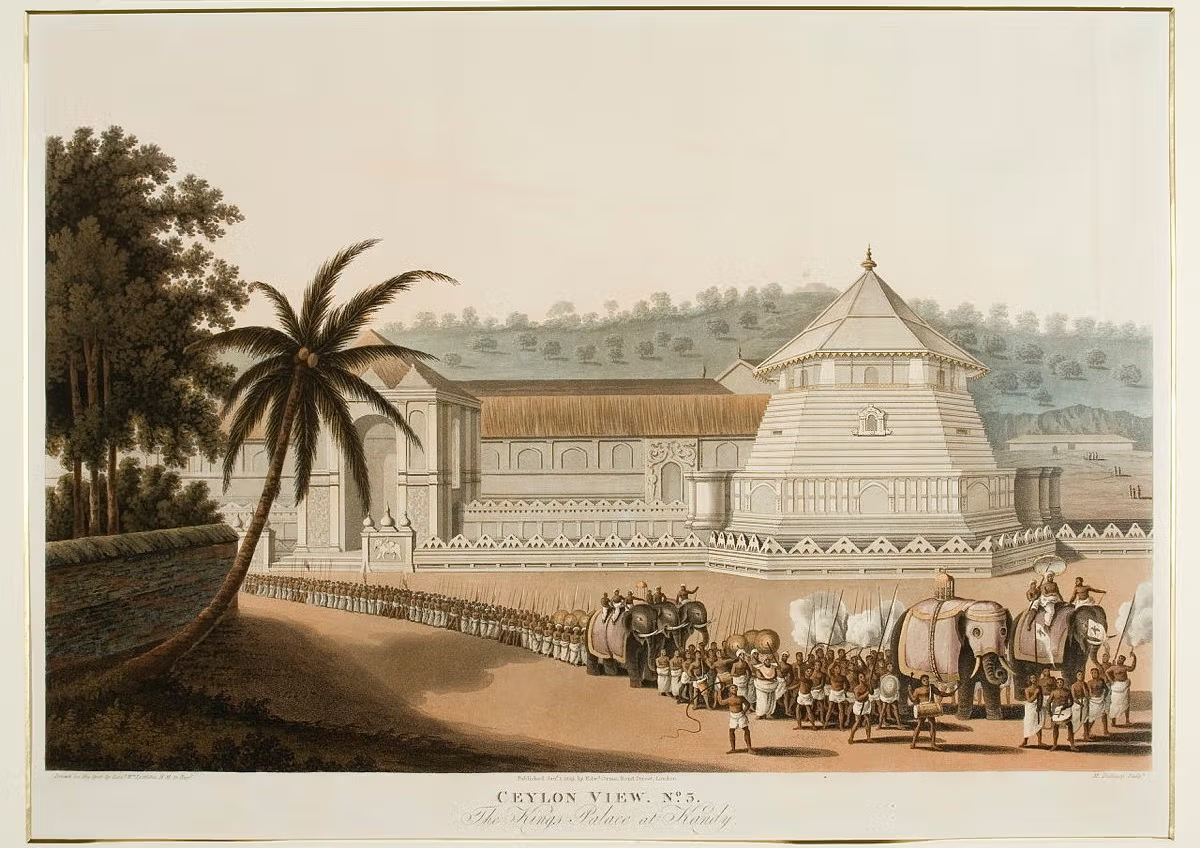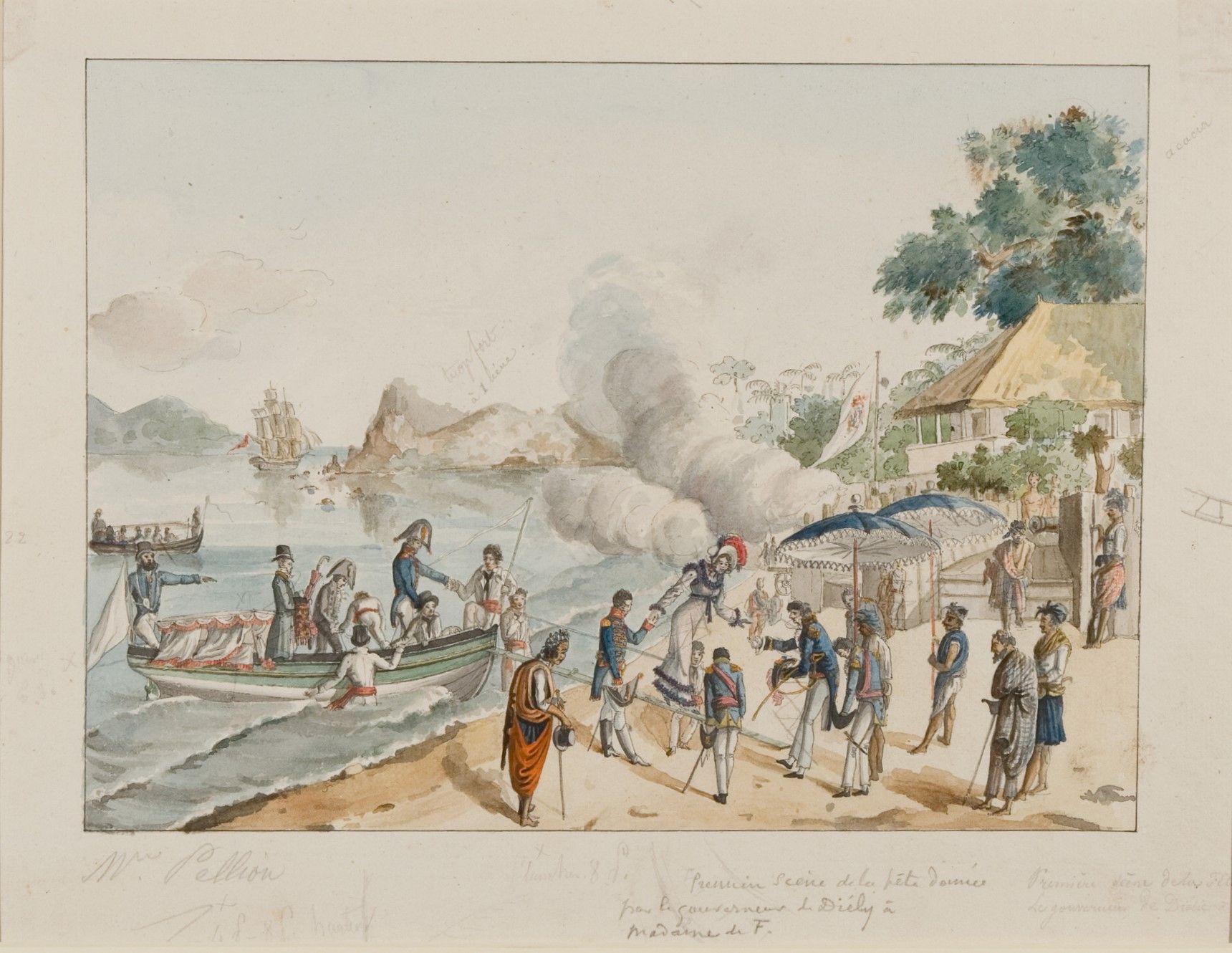Barcoding our collection
During the 2021 COVID lockdown, a team was busy working behind the scenes to implement technology that will improve how we manage our collections and make them more discoverable for our audiences.
We look after around 46,000 objects and an additional 250,000 archaeological artefacts on behalf of the people of NSW. Our collections are subject to regular external audits to ensure they’re being responsibly cared for. To prepare for these audits each year, our Collections & Access Team, with the assistance of curators at the properties, physically sight between 7500 and 22,000 objects to confirm that they’re in their expected location. Once a location is confirmed, this information, along with any updates on the object’s condition, is manually entered into our collection database.
These stocktakes and data updates are a significant part of our collection management process and help us to monitor object condition and access. However, with such a large number of objects and locations spread across our 12 sites, the process can take a considerable amount of time. Such manual work can also lead to human error, and so we wanted to find a way to automate parts of this process.
Simple yet effective technology
After investigating collection management practices at other cultural institutions, we decided to implement a tried and tested technology, the barcode. One of the advantages of a barcode system is its simplicity: you scan the barcode with a device such as a smartphone, and information is displayed on the device’s screen. Barcodes can be produced on a standard office printer, and while we’ve seen new iterations of the barcode, such as quick response (QR) codes, the technology is unlikely to become redundant anytime soon. Additionally, the system continues to require staff to sight each object in order to scan its barcode, which means that the object’s condition can be assessed at the same time.
Fortunately, a barcoding system was already on the market that was compatible with our database, and only a few small customisations were needed to meet our collection management needs.
This system will allow our curators and collections staff to access object information on their smart device from anywhere in our museums and houses. With barcodes assigned to objects on display, there’s also potential to allow visitors to do the same in the future.
By simply scanning a barcode, visitors could directly connect to the object’s record in our online collection catalogue, accessing a wealth of information such as provenance, maker, date, and statement of significance.
Testing during lockdown
Before planning a broader rollout to the tens of thousands of objects in our collections, we undertook a pilot project to test and refine the system. With a variety of object formats and storage infrastructure, the collection store at Vaucluse House, holding objects that aren’t on display, was a good test case to determine how barcodes would be attached to objects and allow for scanning without the need to physically handle each object.
We invested in the equipment and software for the pilot project and set aside five weeks in August and September to undertake the barcoding work. The project team discovered that the process of printing and attaching barcodes was quick and easy. A stocktake of the barcoded objects found that the data flowed through to our database seamlessly, and work in the Vaucluse House collection store was completed ahead of schedule. We then decided to extend the pilot to include objects on display inside Vaucluse House itself. The items in storage already had attached labels to which barcodes were easily added, but items on public display have no visible labels, and we obviously didn’t want to cover the museum in barcodes. Instead, an object list including the barcode for each object was used.
What we discovered at the end of our tests was that even though the barcoding system required us to assign and print a barcode for each object, the time saved by automating the data entry was significant. The addition of barcodes has allowed us to complete this crucial work in caring for our collections more quickly and accurately. The staff time saved will be redirected to increasing public access to our collections through digitisation and interpretation.
The total number of objects scanned into the barcoding software for the pilot project was 2511, which is over 5 per cent of the accessioned objects in our collections. With the success of the pilot, a plan has been developed to roll out the barcoding technology to include all 46,000 accessioned objects and eventually the 250,000 archaeological artefacts in our collections.
Published on
Related

‘The people’s house’: what’s in a name?
The ‘Sydney Opera House’, the ‘Opera House’, or simply ‘the House’ – we know it by many names. But why is this Australian icon also called ‘the people’s house’? Exhibition curator Dr Scott Hill explores the story behind a name

First Nations
Day of Mourning
January 26 has long been a day of debate and civic action. Those who celebrate may be surprised of the date’s significance in NSW as a protest to the celebrations of the anniversary of the arrival of the First Fleet on what was then “Anniversary Day” in NSW

Collection insights from a guest refugee curator
Jagath Dheerasekara has exhibited in solo and group exhibitions and his work is held in both institutional and private collections across Australia
